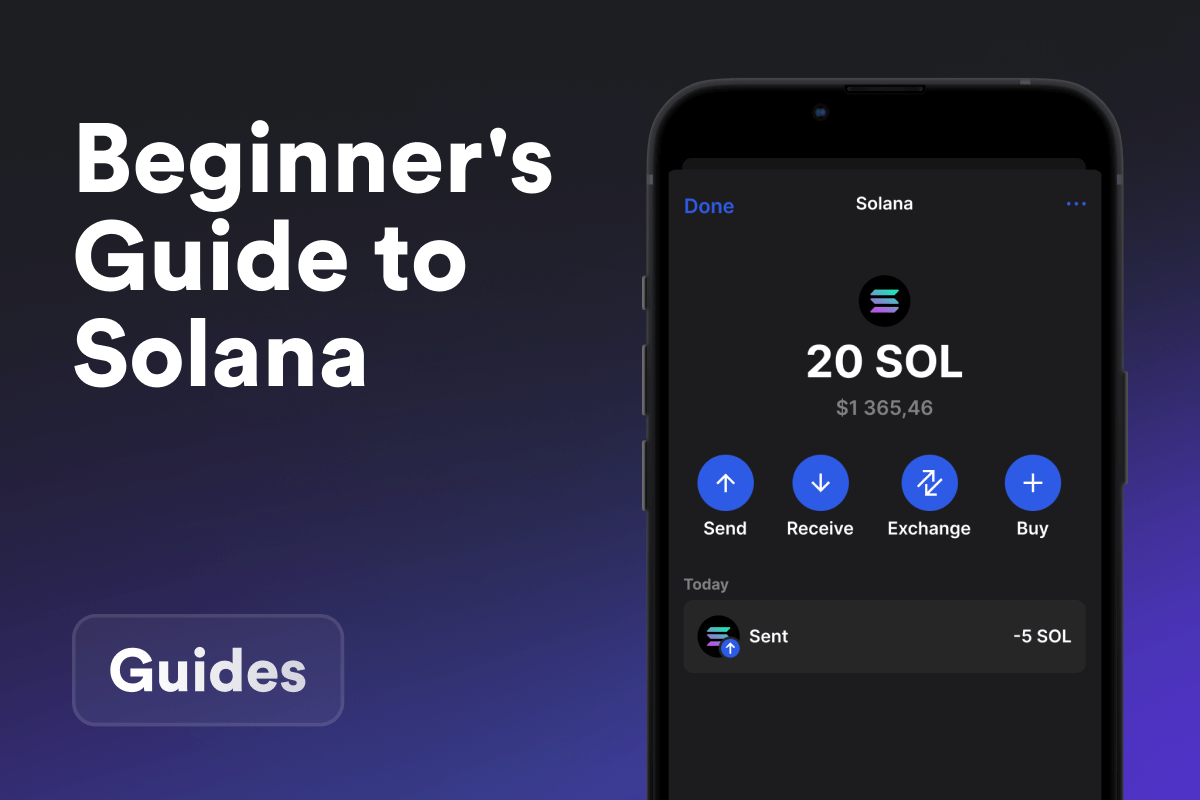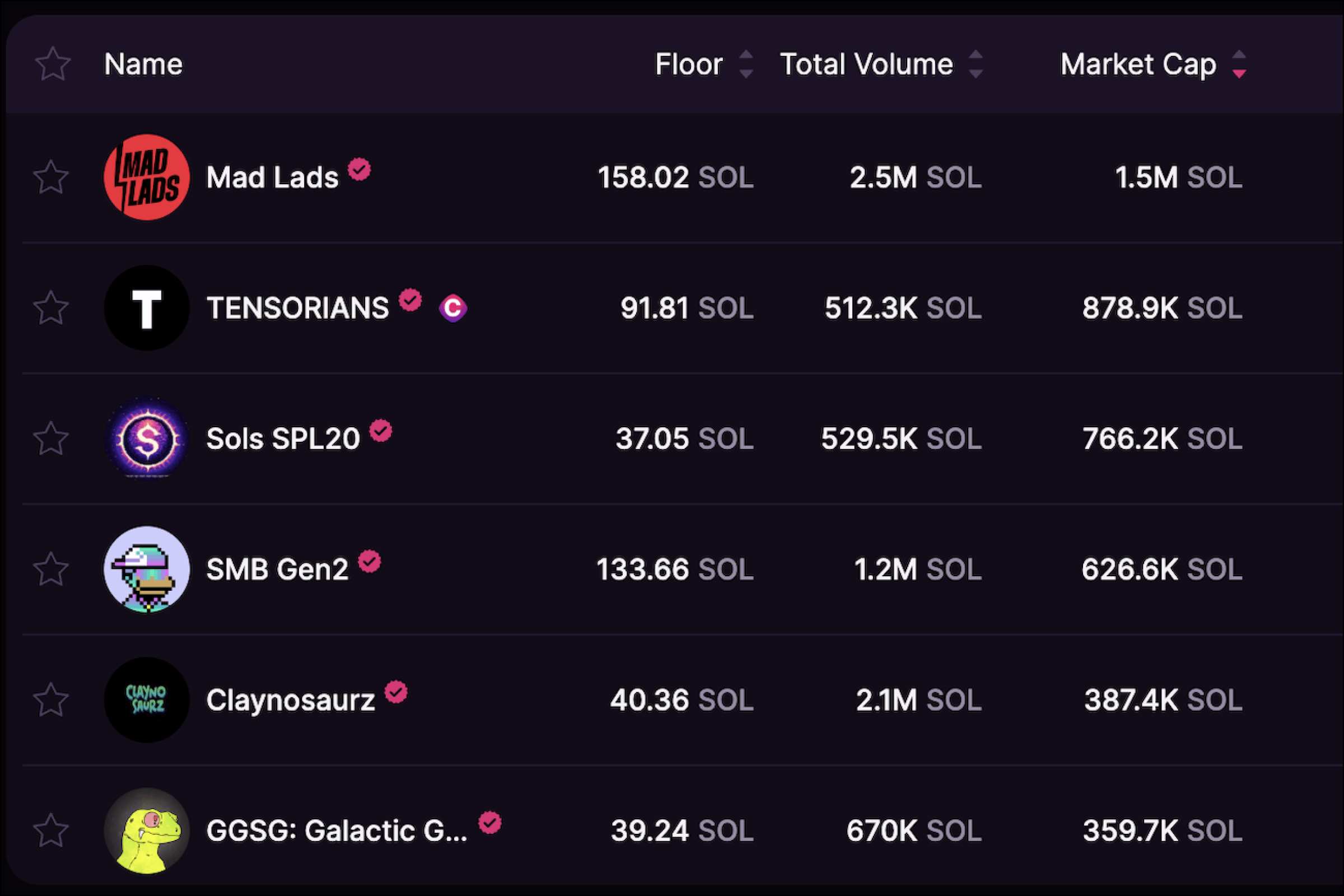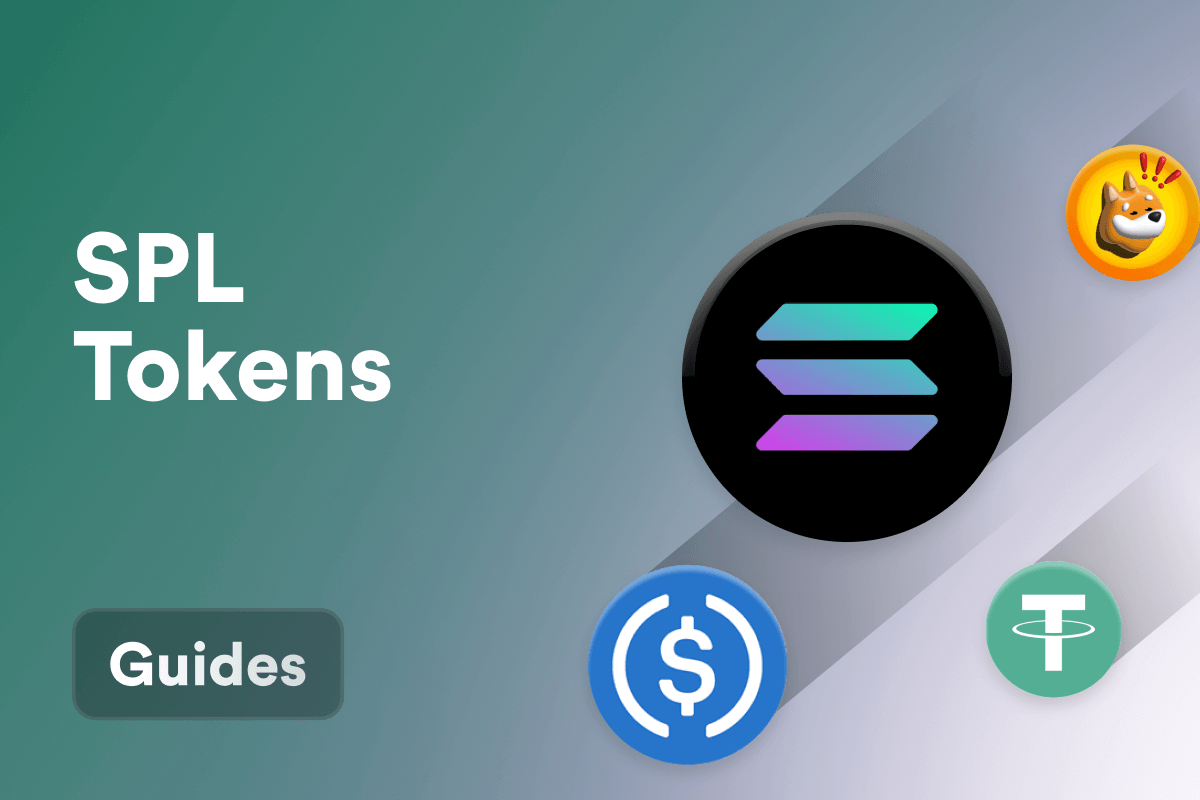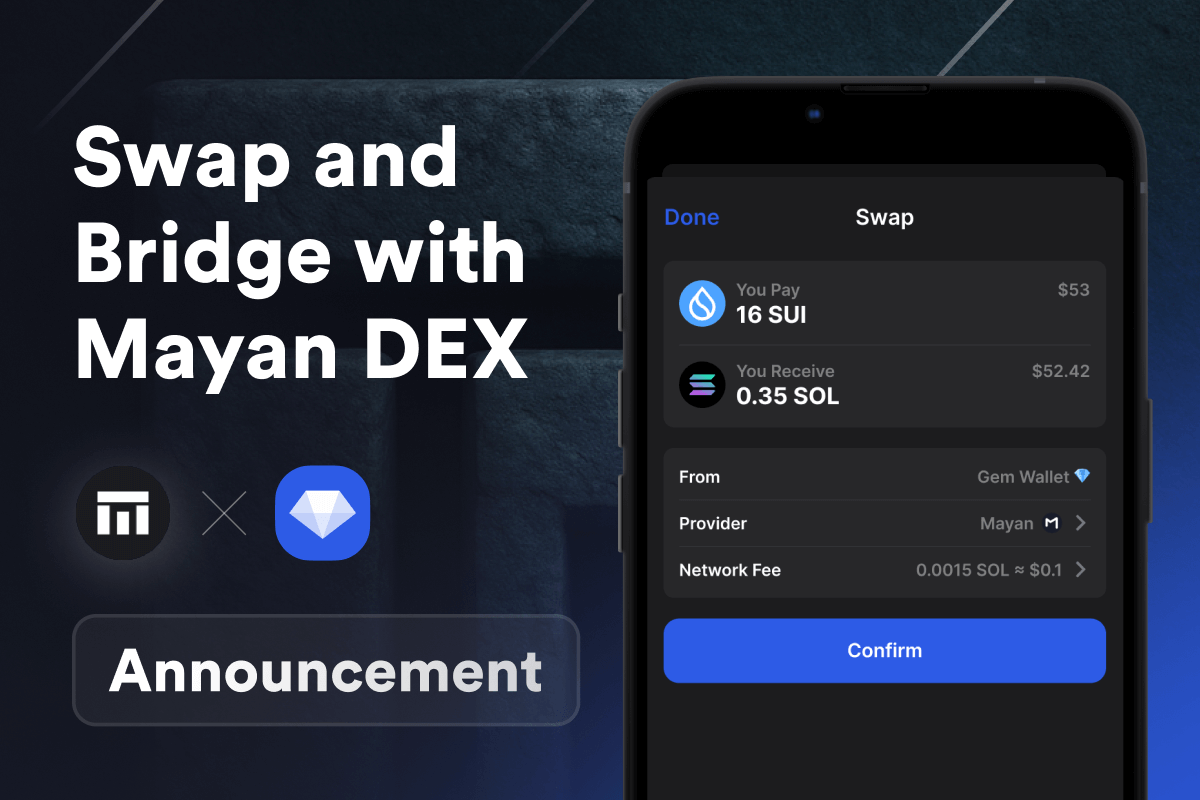
What Is Solana Blockchain?
The Solana blockchain is a Layer 1 (L1) platform known for its high-speed and efficient processing capabilities. It stands out with its innovative Proof of History (PoH) consensus mechanism, which allows for fast and secure time-stamping of transactions, significantly enhancing the network’s throughput. Solana is designed for scalability, catering to a wide range of applications, from decentralized finance (DeFi) to NFTs. Its architecture makes it an attractive choice for developers and users seeking a fast, secure, and scalable blockchain solution.
Brief History and Development
The history of Solana begins in November 2017 with Anatoly Yakovenko’s whitepaper on Proof of History (PoH), a method for synchronizing time across computers in a trustless environment. This concept was fundamental to overcoming scalability issues faced by blockchains like Bitcoin and Ethereum. Anatoly, leveraging his experience in distributed systems, envisioned a blockchain that was not just faster but orders of magnitude more efficient. The initial implementation in C was later switched to Rust for its safety and performance advantages. The project, initially named Loom, evolved into Solana, inspired by a beach town in San Diego. By mid-2018, Solana demonstrated significant transaction throughput in test environments, showcasing its potential for scalability and efficiency in blockchain technology.
Differences Between Solana and Other Blockchains
Solana stands out in the blockchain world with its Layer 1 structure and Proof of History (PoH) technology, enabling exceptionally fast transaction processing. Its scalability supports a wide range of applications, making it a popular choice for developers. For a more comprehensive exploration of Solana’s unique features, you can read: What Is Solana Blockchain?
What You Need to Know About Solana and Its Ecosystem
Solana Program Library (SPL)
The SPL token is a technical standard for issuing and managing tokens on the Solana blockchain. Similar to Ethereum’s ERC-20 standard, SPL tokens allow for the creation, transfer, and control of tokens on Solana. They are used in a variety of decentralized applications and services on the network. Among the most popular SPL tokens are:
-
USDT and USDC: the largest stablecoins.
-
Chainlink: linking existing systems to any blockchain, ensuring secure communication across chains.
-
Helium: decentralized wireless network leveraging Solana and tokens.
-
Bonk: popular memecoin.
Solana Pay: Payments and Commerce
Thanks to its high transaction speed, reliability, and low fees, Solana is an excellent choice for processing payments for goods and services. Here are some of the popular platforms that utilize Solana Pay:
-
Shopify: Integrates Solana Pay for e-commerce.
-
BigCommerce: Offers Solana Pay as a payment option.
-
WooCommerce: Enables Solana Pay for online stores.
-
Asics: 600k$ in revenue over 5 days for using Solana Pay.
Solana NFT
Solana has emerged as one of the most popular blockchains for NFTs, a fact that is backed by impressive metrics. Its high transaction speed, low costs, and efficient Proof of History consensus mechanism make it an ideal platform for NFT creation and trading. These technical advantages, coupled with a growing community and diverse ecosystem, have positioned Solana as a leading choice for artists and collectors in the burgeoning NFT market.
-
Total number of wallets that have ever held an NFT: 14M+
-
Cost of minting an NFT using state compression: $0.00011
-
Total NFTs minted: 110M+
 Top Solana NFT Collections. Source: magiceden.io
Top Solana NFT Collections. Source: magiceden.io
Getting Started With Solana Blockchain
-
Setting Up a Solana Wallet: To begin with Solana, the first step is to set up a Solana wallet. This wallet serves as your gateway to the Solana ecosystem, allowing you to store, send, and receive SOL tokens. The setup is straightforward: download Gem Wallet, create a new account or import an existing one using a seed phrase, and you’re equipped to interact with the Solana network.
-
Acquiring SOL: SOL can be acquired through exchanges, peer-to-peer transfers, or as rewards within the Solana ecosystem. Gem Wallet enables you to conveniently purchase SOL using a credit card directly within the app. This method is not only fast and user-friendly but also minimizes errors in address entry, enhancing transaction safety.
-
Staking SOL: Staking SOL on the Solana network enables you to earn rewards while bolstering the blockchain’s stability and security. The staking process is simple and inclusive, catering to users of all experience levels.


